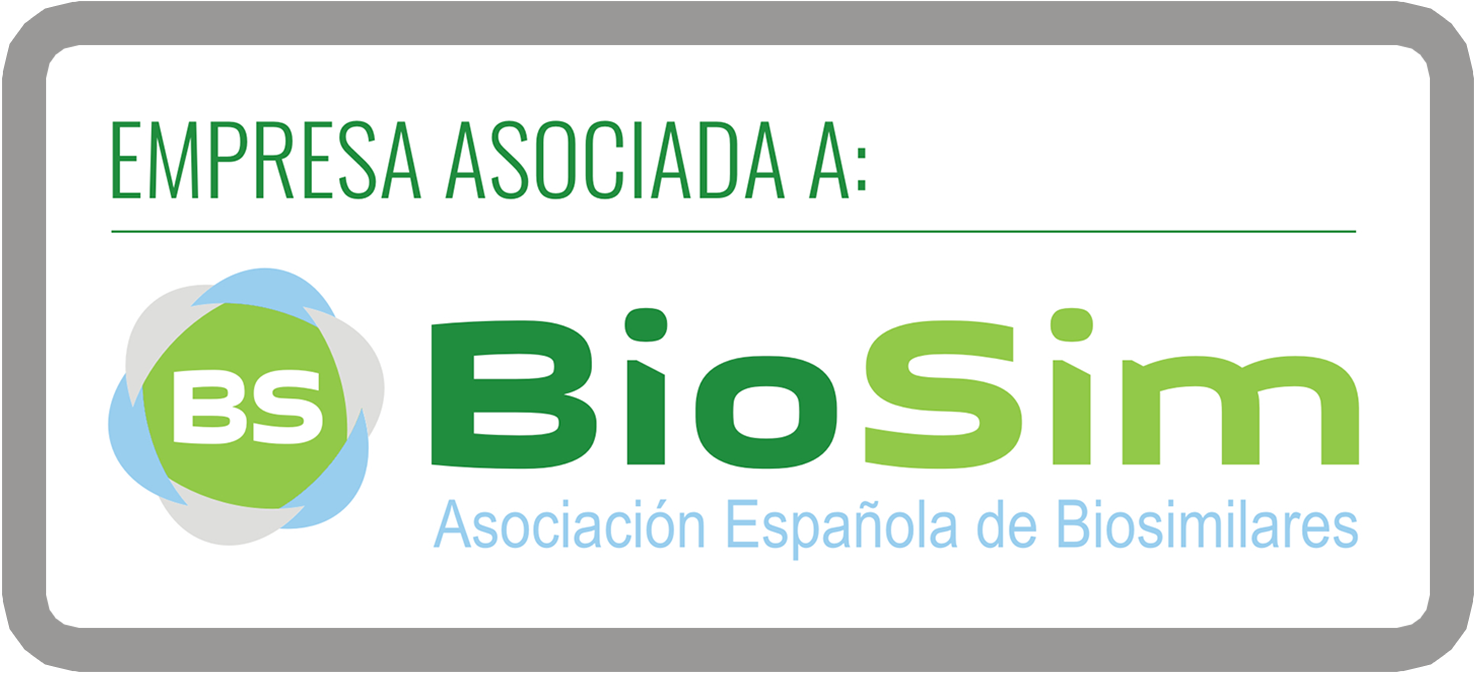Widespread adoption of biosimilars hinges not just on policy—but on trust in the science
While regulatory approvals have accelerated and pricing reforms continue to unfold, one stubborn truth remains: biosimilars can only fulfill their promise if healthcare professionals, patients, and systems fully trust the science behind them.
As experts in biosimilar development, we at mAbxience believe is time to open the black box of biosimilar development. To explain clearly, and confidently, what makes these therapies not just comparable on paper, but reliable in practice. Because trust doesn’t begin in the clinic, it begins in the lab.
From innovation to imitation
Unlike generic drugs, which are chemically synthesized and easy to replicate, biosimilars are complex molecules produced inside living organisms. They require state-of-the-art science to ensure they are as close as possible—functionally and structurally—to the original reference product.
At the core of biosimilar development is a process called comparability testing, where a candidate biosimilar undergoes extensive analytical characterization. Dozens of tests are performed to assess everything from molecular structure and purity to biological activity, immunogenicity, and pharmacokinetics. In many cases, modern analytical technologies can detect even the most minor differences—far more sensitively than clinical outcomes alone.
It’s this “totality of evidence” approach that regulators like the EMA and FDA rely on, moving away from lengthy, redundant clinical trials toward a science-driven model that prioritizes what matters: demonstrating that there are no clinically meaningful differences.
The clinical confidence in biosimilars
Biosimilars aren’t “just similar enough”—they are held to exceptionally high standards. After analytical comparability, clinical studies (when needed) confirm that safety, efficacy, and immunogenicity are equivalent.
But what happens after approval is just as important. Pharmacovigilance systems across the world monitor biosimilar use in real time, compiling real-world evidence (RWE) from billions of patient doses across oncology, immunology, endocrinology, and more.
This growing body of global data supports what regulators and developers already know: biosimilars are safe, effective, and interchangeable alternatives to high-cost biologics.
When science meets reality
The science is solid. The evidence is overwhelming. And the prices are falling. But does that mean access is growing? Not always.
“When biosimilars are adopted and prices come down, especially in European health systems, we have seen an increase in the number of patients gaining access to essential biologic treatments. But the increase isn’t as large as we expected in many cases. One of the key challenges companies like mAbxience face is building awareness and trust around these molecules.” Eduardo Cioppi, Global Commercial Director, mAbxience
Cioppi’s insight reflects a paradox that many biosimilar developers face: regulatory approval and market availability don’t automatically translate into real-world adoption.
Patients may still question the equivalence. Doctors may hesitate to switch therapies. Nurses may lack training. And in some markets, procurement systems or entrenched incentives still favor reference brands over cost-saving biosimilars.
This is why education—not just regulation—remains the final frontier.
The science behind biosimilars: has redefined what’s possible in drug development, access, and affordability. But the molecule alone isn’t enough. It takes trust to deliver its full impact.
That trust starts with science—but grows through relationships, education, and experience.
At mAbxience, we believe the molecule is only part of the story. The rest is partnership. We work side-by-side with doctors, nurses, regulators, and administrations to build confidence in every product we bring to market
